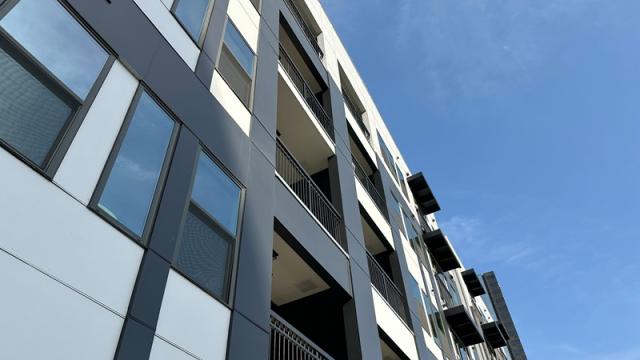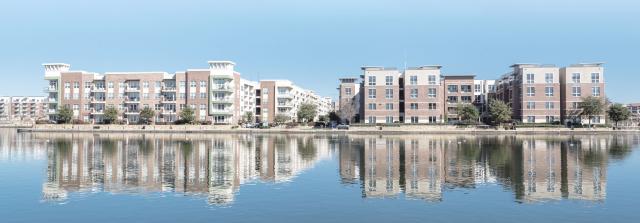
After a dramatic rise and fall in 2021 and 2022, the national average for year-over-year rent growth has hovered around the 1-percent mark since mid-2023.
Across the nation, performance has been mixed. In the Sun Belt, multifamily markets have struggled to post positive rent growth, overwhelmed with record-high supply. But the Midwest and Northeast have been outperforming the rest of the country, seeing annual rent growth numbers that are double or even triple that of the national average.
In 2025, which multifamily markets are expected to post the strongest rent growth? Here’s a look at the top 10 major markets with the highest rent growth forecast for the first quarter of 2025, according to the latest CoStar data.
1. Kansas City, MO
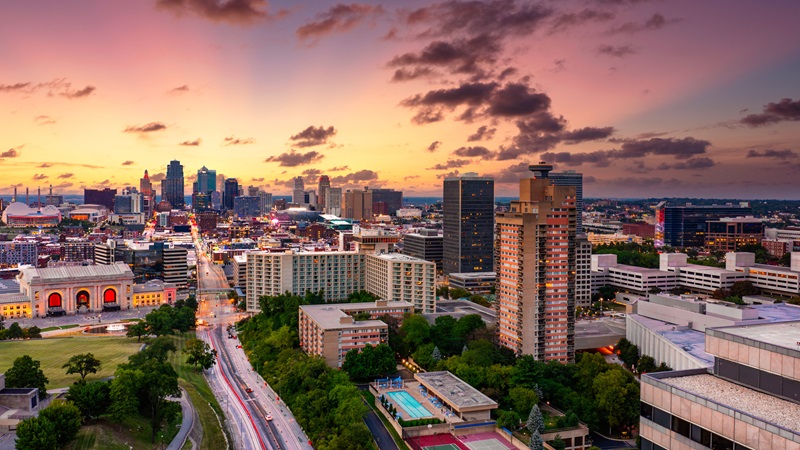
Rent growth in Kansas City has been trending upwards since the beginning of 2024. Currently, this market is forecast to reach 3.5 percent rent growth in the first quarter. Rising consumer confidence has helped boost demand. At an average asking rent of $1.46 per square foot, Kansas City remains one of the most affordable places to live among major multifamily markets.
This Midwestern market is facing vacancy of 8.1 percent, barely above the national average. The construction pipeline boomed during the pandemic, marking a 30-percent increase over the market’s pre-pandemic average. Even so, the rate of construction has remained close to the national average, reflecting the nationwide increase in development spurred by the pandemic-era demand spike. Deliveries peaked in 2023 and are projected to fall below 4,000 units this year, paving the way for continued rent growth.
2. Baltimore, MD
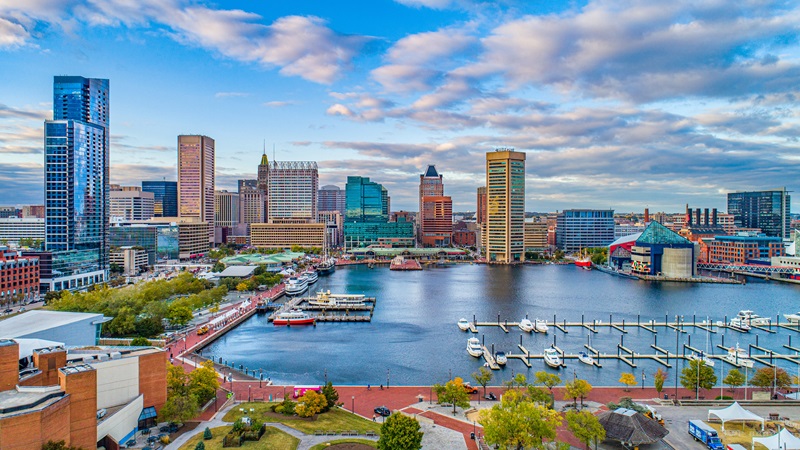
With 3.1 percent rent growth, Baltimore is forecast to take the second spot for rent growth in Q1. Home to Maryland’s most populous city and its surrounding suburbs, the Baltimore market is outperforming the national average for rent growth by 1.8 points.
A generally stable multifamily market, Baltimore has seen a relative balance between supply and demand. New supply additions have been met by increased absorption, keeping the vacancy rate slightly below the national average, at 7.3 percent compared to 8 percent overall.
Deliveries are expected to decline in 2025, and rent growth is forecast to stay above 3 percent throughout the year.
3. Oklahoma City, OK

Oklahoma City is on track to post 3.1 percent rent growth, establishing the OKC market as one of the strongest multifamily markets in the first quarter. Its performance has reflected the stable growth of Midwest markets rather than the troubled Sun Belt markets to its south.
The Oklahoma capital and heart of the state’s economy, Oklahoma City has seen demand grow over the past year. Rent growth has remained stable, in the mid-2-percent range throughout 2024.
Oklahoma City remains a relatively affordable market for renters, home to the lowest asking rents per square foot of any major multifamily market. With an average asking rent per square foot of $1.20, the OKC apartment market has room to raise rents without significantly hurting demand.
Most major markets have seen rent growth turn negative at least briefly since 2020. Oklahoma City, however, has maintained positive growth throughout the last decade. Its consistent performance has positioned it favorably in contrast to the historically weak rent growth average nationwide.
4. Pittsburgh, PA

With 3.1 percent rent growth, the Pittsburgh multifamily market is outperforming the nation.
Thanks to a healthy balance of supply and demand, this market has consistently maintained low vacancy rates under 7 percent. As of the latest CoStar forecast, vacancy in the Steel City is expected to stay at 6.1 percent for the first quarter of the year.
At the intersection of the Midwest and the Northeast, Pittsburgh represents the strong performance both of these regions have shown in the post-pandemic period.
5. Los Angeles, CA

Rent growth for the Los Angeles multifamily market is forecast to reach 3.1 percent in the first quarter.
Devastating wildfires in January destroyed thousands of structures in Pacific Palisades and Altadena. This has exacerbated the longstanding housing shortage in the LA market. Greater Los Angeles is home to millions of renters, and LA continuously ranks among the top cities in renters’ searches. Thousands of multifamily and single-family units were destroyed or damaged in the fires, further driving up demand for rental units.
As a result, the vacancy rate has dropped to 4.6 percent and rent growth has increased 2.2 points since the end of 2024.
Prior to the fires, market conditions had remained relatively stable in Greater Los Angeles. Despite chronic undersupply, rent growth had underperformed the national average, while vacancy had plateaued at between 5 and 5.1 percent for nearly two years.
6. Chicago, IL

The capital of the Midwest, Chicago has ranked among the top multifamily markets for rent growth in the last two years. With 3.1 percent rent growth forecast for the first quarter, Chicago is on track to see the rate of rent growth continue to increase throughout 2025.
Like many multifamily markets in the Midwest, Chicago has enjoyed a balance of moderate supply and healthy demand. Unlike other major metros, Chicago did not see a surge in new construction during or following the pandemic.
As a result of these stable conditions, the Chicago market, which includes the Windy City itself, along with its surrounding Chicagoland suburbs, has kept its vacancy rate at just 5 percent, well below the national average of 8 percent. Vacancy in the Chicago market has stayed below 6 percent since mid-2021. In the quarters ahead, vacancy is forecast to drop below 5 percent as rent growth ticks upward.
7. Detroit, MI

In recent years, Detroit has been a rent growth powerhouse, Reflecting the current strength of Midwest multifamily markets, the Detroit market is on track to post 2.9 percent rent growth in the first quarter.
Recovering from its post-pandemic dip of 2023, the Detroit market saw annual rent growth rates rise last year from 2.5 percent in the first quarter to 3.3 percent by year’s end. This year, rent growth is expected to hit 4.3 percent by the end of the year, according to CoStar forecasts.
With the fifth lowest asking rent per square foot of all major markets, Detroit ranks as a relatively affordable place for renters, compared to the rest of Michigan and the nation as a whole.
After hitting an all-time high for annual net deliveries last year, the Detroit market has seen construction starts decline dramatically. At 7.1 percent, vacancy in Motor City has remained below the national average and is expected to fall to 6.6 percent by year’s end.
8. Washington, D.C.
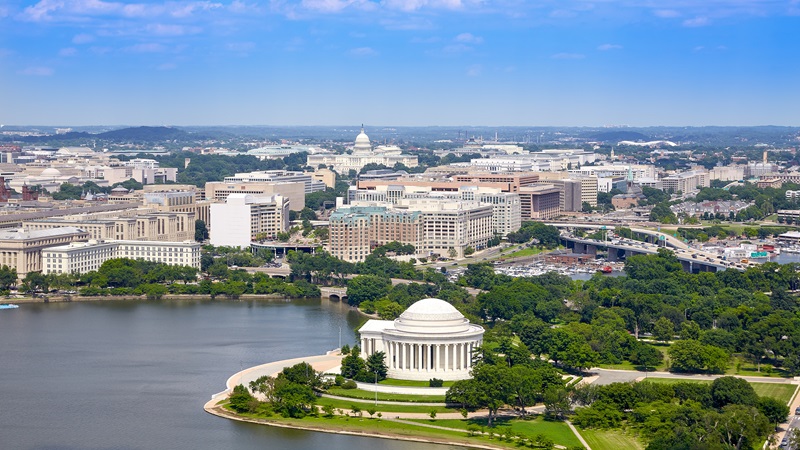
The D.C. multifamily market has remained among the top markets for rent growth, thanks to a relatively low increase in new supply, paired with population growth driving demand. The D.C. market ranked in the top 10 for rent growth throughout last year. In the first quarter of 2025, the D.C. multifamily market is forecast to post rent growth of 2.9 percent.
At 7.5 percent, the Washington metropolitan area is currently facing a vacancy rate half a point below the national average. This vacancy rate is expected to creep up slightly in the upcoming quarters, but the D.C. area will continue to maintain rent growth above 2 percent.
9. San Jose, CA
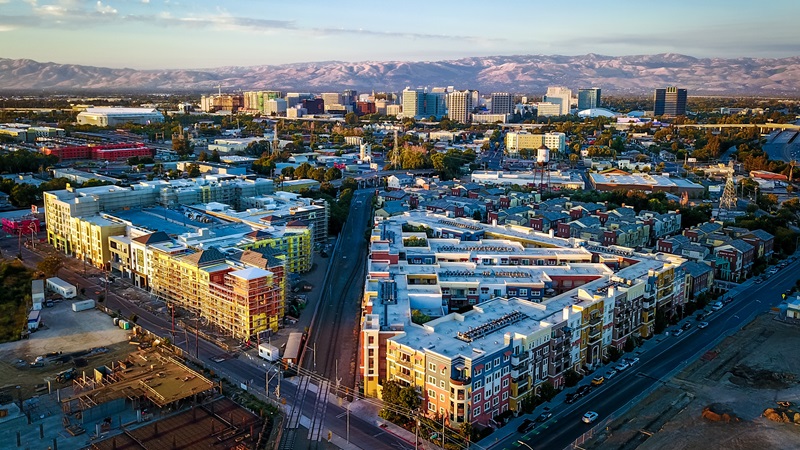
San Jose emerged from negative rent growth in mid-2023 and has been showing steady rent growth since then. With 2.9 percent rent growth forecast for the first quarter, the San Jose market is expected to remain in the 2- to 3-percent range throughout this year. San Jose is one of only two markets from the West region to make the top 10 list.
Home to the country’s top tech employers, the San Jose market includes much of Silicon Valley, such as the cities of Palo Alto, Mountain View, and Cupertino. Along with the wider San Francisco Bay Area, San Jose saw a significant population decline during the pandemic, thanks to the rapid rise of remote work. Construction starts hit a 20-year record high in 2022, and rent growth dipped into negative territory the following year. In recent years, the population in the San Jose market has been increasing, and asking rents have risen to meet growing demand.
10. Cleveland, OH

After hovering around 3 percent last year, rent growth for the Cleveland multifamily market is forecast to drop slightly to 2.6 percent in the first quarter but regain ground by the middle of the year.
The Cleveland market has followed a similar trajectory to the national average, with rent growth rising to a mid-2022 peak and then falling as vacancy rates grew. But thanks to its modest supply additions, this trendline has remained much more subdued for Cleveland than the nation overall. Rent growth in the Cleveland market has stayed positive throughout the last decade. And even as vacancy rates have increased above the national average to an estimated 8.5 percent for the first quarter, Cleveland has avoided dramatic swings, keeping rent growth on track to break 4 percent by the end of the year.
Want more multifamily insights?
For more analysis, check out these articles:


